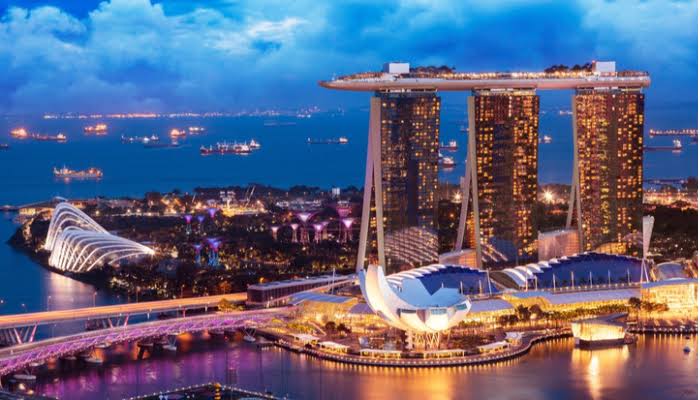Megacities have mushroomed over the globe in 2025, with each one serving as a nerve center for international trade, innovation, and people-watching. These urban areas are more than just places to live; they are enormous ecosystems teeming with life, energy, and possibilities.
The world’s biggest cities today span the whole spectrum of contemporary civilization, from the neon-lit streets of Asia to the vast metropolises of the Americas. Every every day, these are the places where dreams come true, riches are made, and history is written. Massive urban migration, fast industrialization, and thriving economies have driven the population figures in some places to dizzying heights, frequently surpassing tens of millions. Megaregions with extensive suburbs, satellite towns, and networks of high-speed transport and global influence these are more than just cities. They are the epicentres of technological change, the sites of tension and convergence between old and new, and the sites of the active construction of humanity’s future.
These Are The Top 10 List Of The Biggest City In The World
1. Tokyo, Japan
Population: 37,400,068h
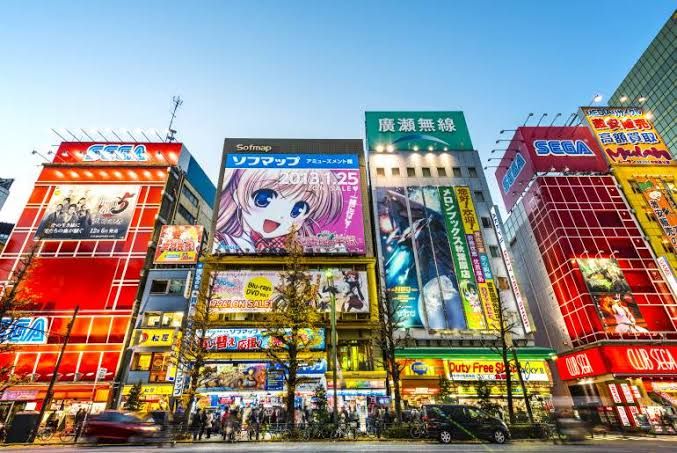 Tokyo, sprawling across the eastern coast of Japan’s main island, is a remarkable example of human ingenuity, resilience, and ambition. Being the most populous city in the world, it is constantly changing and adapting to reflect centuries of cultural evolution and decades of relentless modernization. Tokyo is more than just a city it is a complex organism made up of neon-lit skyscrapers, well-maintained transit systems, ancient temples mixed with modern architecture, and neighborhoods that have their own unique rhythm. What makes Tokyo truly extraordinary, though, is its ability to blend tradition with innovation, providing a glimpse into the future while preserving its rich historical identity.
Tokyo, sprawling across the eastern coast of Japan’s main island, is a remarkable example of human ingenuity, resilience, and ambition. Being the most populous city in the world, it is constantly changing and adapting to reflect centuries of cultural evolution and decades of relentless modernization. Tokyo is more than just a city it is a complex organism made up of neon-lit skyscrapers, well-maintained transit systems, ancient temples mixed with modern architecture, and neighborhoods that have their own unique rhythm. What makes Tokyo truly extraordinary, though, is its ability to blend tradition with innovation, providing a glimpse into the future while preserving its rich historical identity.
2. Delhi, India
Population: 31,000,000
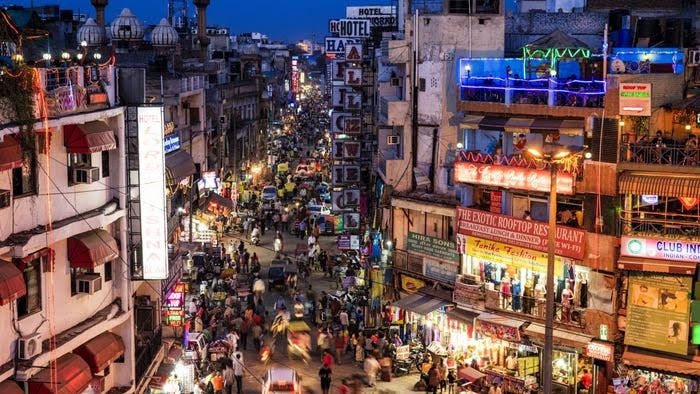 Over the past few decades, Delhi, the vibrant capital of India, has transformed from a historically rich administrative center into one of the most dynamic and fast-growing metropolises in the world. Once known primarily for its ancient monuments, lush Mughal gardens, and colonial architecture, Delhi today stands as a bustling hub of political power, commerce, education, and culture. This dramatic transformation mirrors the broader trajectory of India’s economic emergence on the global stage, propelled by rapid urbanization, technological innovation, and the aspirations of a growing middle class.
Over the past few decades, Delhi, the vibrant capital of India, has transformed from a historically rich administrative center into one of the most dynamic and fast-growing metropolises in the world. Once known primarily for its ancient monuments, lush Mughal gardens, and colonial architecture, Delhi today stands as a bustling hub of political power, commerce, education, and culture. This dramatic transformation mirrors the broader trajectory of India’s economic emergence on the global stage, propelled by rapid urbanization, technological innovation, and the aspirations of a growing middle class.
3. Shanghai, China
Population: 27,058,480,
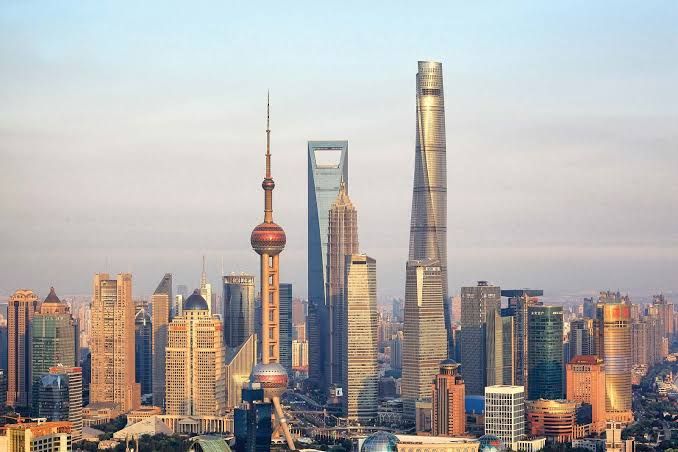 Shanghai, a sprawling metropolis on China’s eastern coast, stands as a dazzling testament to the nation’s unprecedented economic rise and urban transformation. Once a modest port city, it has evolved into China’s largest and most dynamic urban center a city that pulses with ambition, innovation, and global significance. As the beating heart of the country’s financial engine, Shanghai is not only home to some of the world’s tallest skyscrapers and busiest ports but also serves as a symbol of China’s successful embrace of globalization and market reform.
Shanghai, a sprawling metropolis on China’s eastern coast, stands as a dazzling testament to the nation’s unprecedented economic rise and urban transformation. Once a modest port city, it has evolved into China’s largest and most dynamic urban center a city that pulses with ambition, innovation, and global significance. As the beating heart of the country’s financial engine, Shanghai is not only home to some of the world’s tallest skyscrapers and busiest ports but also serves as a symbol of China’s successful embrace of globalization and market reform.
At the center of this transformation lies the city’s rapidly expanding population, which reflects a broader national trend: the dramatic urban migration that has defined modern chaina.
4. São Paulo, Brazil
Population: 22,430,215
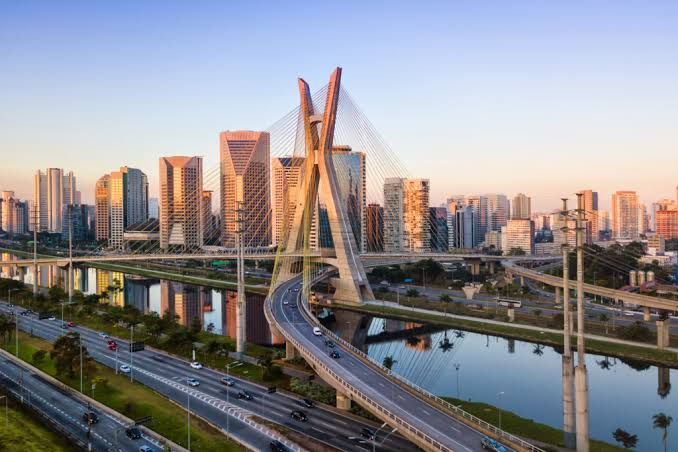
As the largest city in the Southern Hemisphere, São Paulo stands as a dynamic symbol of Brazil’s urban ambition and economic might. Towering skyscrapers, bustling avenues, and an ever-expanding metropolis define its skyline, reflecting the pulse of a city that never slows down. Serving as the financial heart of Brazil, São Paulo is not only a hub for business and commerce but also a melting pot of cultures, languages, and aspirations. This urban giant has grown exponentially over the decades, shaped by waves of rural-to-urban migration, particularly from the less-developed northern regions of the country.
5. Mexico City, Mexico
Population: 22,000,000
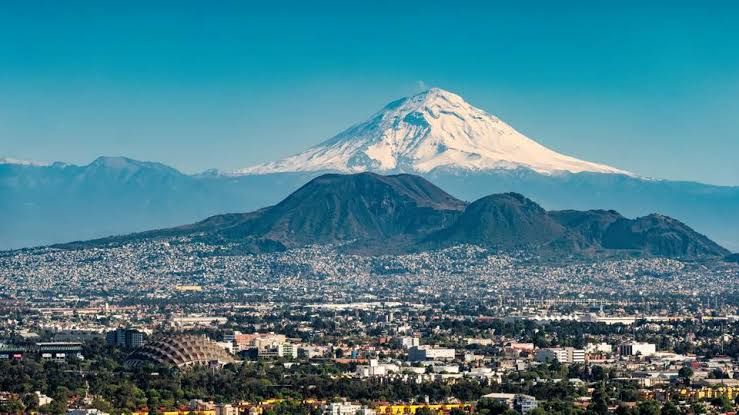
aww
Because of its rapid population growth, Mexico City is now one of Latin America’s most important political and cultural hubs. Despite its famed artistic and historical institutions, the city is struggling with issues such as traffic, water shortages, and air pollution. Mexico City has become one of the most important cultural and political centers in Latin America due to its massive population boom in the last several decades. More than 20 million people call this urban region home, making it one of the biggest in the Western Hemisphere. The city’s long history as a regional hub for government, business, and culture, as well as economic opportunities, have contributed to its enormous expansion. Today, Mexico City which was once constructed over the old lakebed of the Aztec city of Tenochtitlán offers an intriguing fusion of the past and present.
6. Dhaka, Bangladesh
Population: 21,741,090
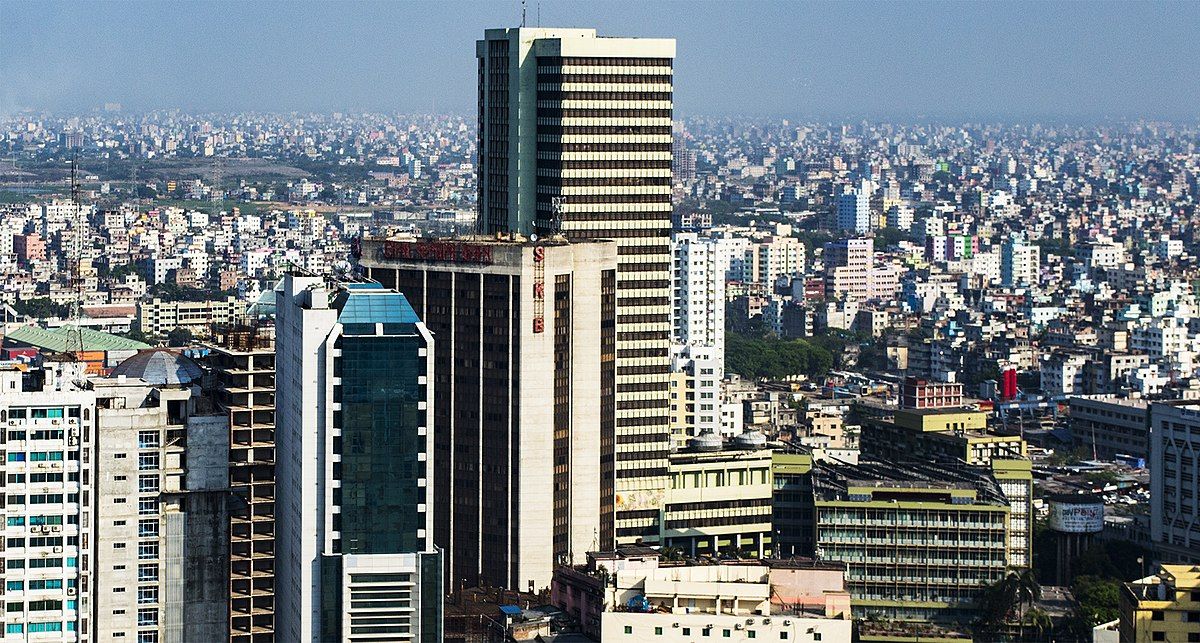
Dhaka, the bustling capital of Bangladesh, stands as a vivid paradox of progress and struggle. Renowned for its cultural vibrancy and central role in the nation’s economy, Dhaka is simultaneously one of the world’s fastest-growing megacities and one of its most challenged. With a population that continues to soar at an unprecedented pace, the city is a magnet for people from all corners of the country, drawn by the hope of better economic prospects and improved living standards. As the core of Bangladesh’s political and commercial activity, Dhaka has become an epicenter of opportunity yet also a focal point of profound urban challenges.
7. Cairo, Egypt
Population: 21,323,000
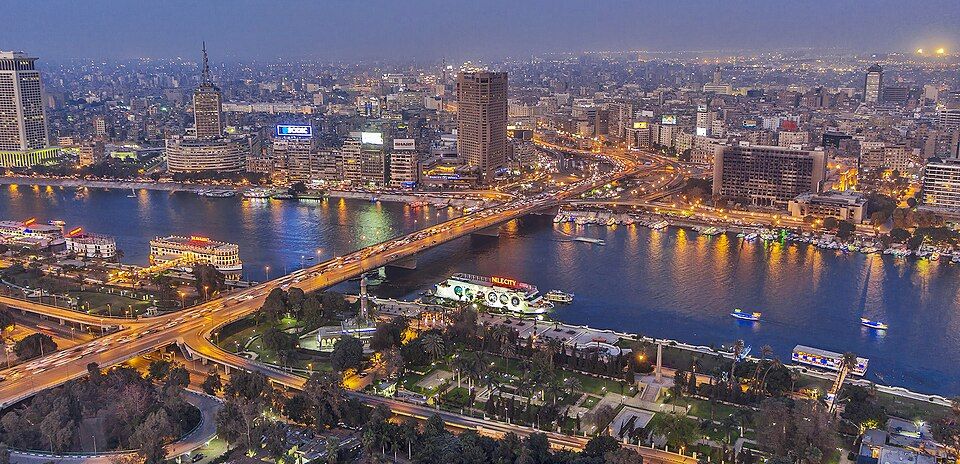
Cairo, the sprawling capital of Egypt, stands as a city of striking contrasts where ancient history and modern ambition intertwine along the banks of the Nile. As the largest city in the Arab world, Cairo is far more than just a population hub; it is a living museum and a dynamic metropolis that pulses with life, heritage, and complexity. Steeped in over a millennium of history, Cairo has long been a focal point for scholars, artists, revolutionaries, and visionaries. From the timeless grandeur of the Great Pyramids of Giza on its outskirts to the Islamic architecture of its medieval heart, the city bears witness to the cultural and political evolutions of the Arab and Islamic worlds.
8. Beijing, China
Population: 20,896,820
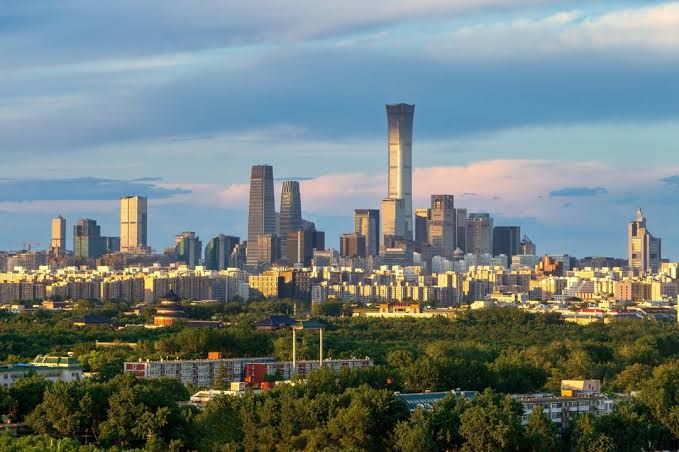 As the beating heart of one of the world’s oldest civilizations, Beijing stands today as a remarkable fusion of history and modernity. As the capital of the People’s Republic of China, it plays a pivotal role not just politically, but also socially, culturally, and economically. With its centuries-old palaces, traditional hutongs, and iconic landmarks like the Forbidden City and Tiananmen Square, Beijing has long been a symbol of China’s imperial past and enduring cultural identity. However, beyond its historical gravitas, the city is also a dynamic urban powerhouse that has rapidly evolved in step with China’s transformation into a global economic leader.
As the beating heart of one of the world’s oldest civilizations, Beijing stands today as a remarkable fusion of history and modernity. As the capital of the People’s Republic of China, it plays a pivotal role not just politically, but also socially, culturally, and economically. With its centuries-old palaces, traditional hutongs, and iconic landmarks like the Forbidden City and Tiananmen Square, Beijing has long been a symbol of China’s imperial past and enduring cultural identity. However, beyond its historical gravitas, the city is also a dynamic urban powerhouse that has rapidly evolved in step with China’s transformation into a global economic leader.
9. Mumbai, India
Population: 20,668,000
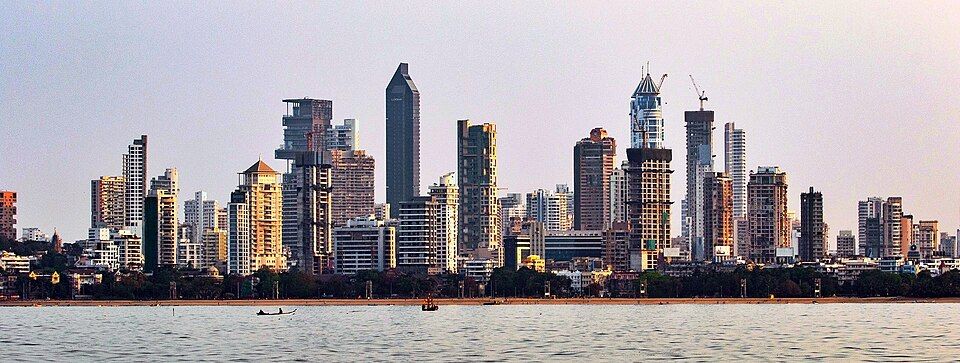
Mumbai, often dubbed the financial capital of India, stands as a testament to the country’s vibrant dynamism and unstoppable momentum. A city where towering skyscrapers rise beside ancient temples, and sleek business districts coexist with sprawling informal settlements, Mumbai captures the very essence of modern India’s contrasts. It is not only the nerve center of the nation’s economic activity with the Bombay Stock Exchange, Reserve Bank of India, and numerous multinational corporations headquartered here but also the beating heart of its cultural soul, home to the world-famous Bollywood film industry.
10. Osaka, Japan
Population: 19,222,665
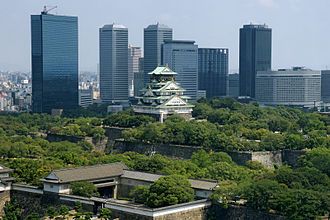
Osaka, Japan’s third-largest city, stands as a vibrant testament to the country’s enduring economic power and resilience. Situated in the Kansai region, Osaka has long been recognized as a major economic hub, with a history rich in commerce, culture, and innovation. While Japan, as a whole, faces demographic challenges such as a declining birthrate and an aging population, Osaka has managed to sustain steady population growth, making it a notable exception in the country’s broader demographic trends. This growth can be attributed to the city’s robust economic foundation, particularly its prominence in manufacturing, trade, and commerce.
